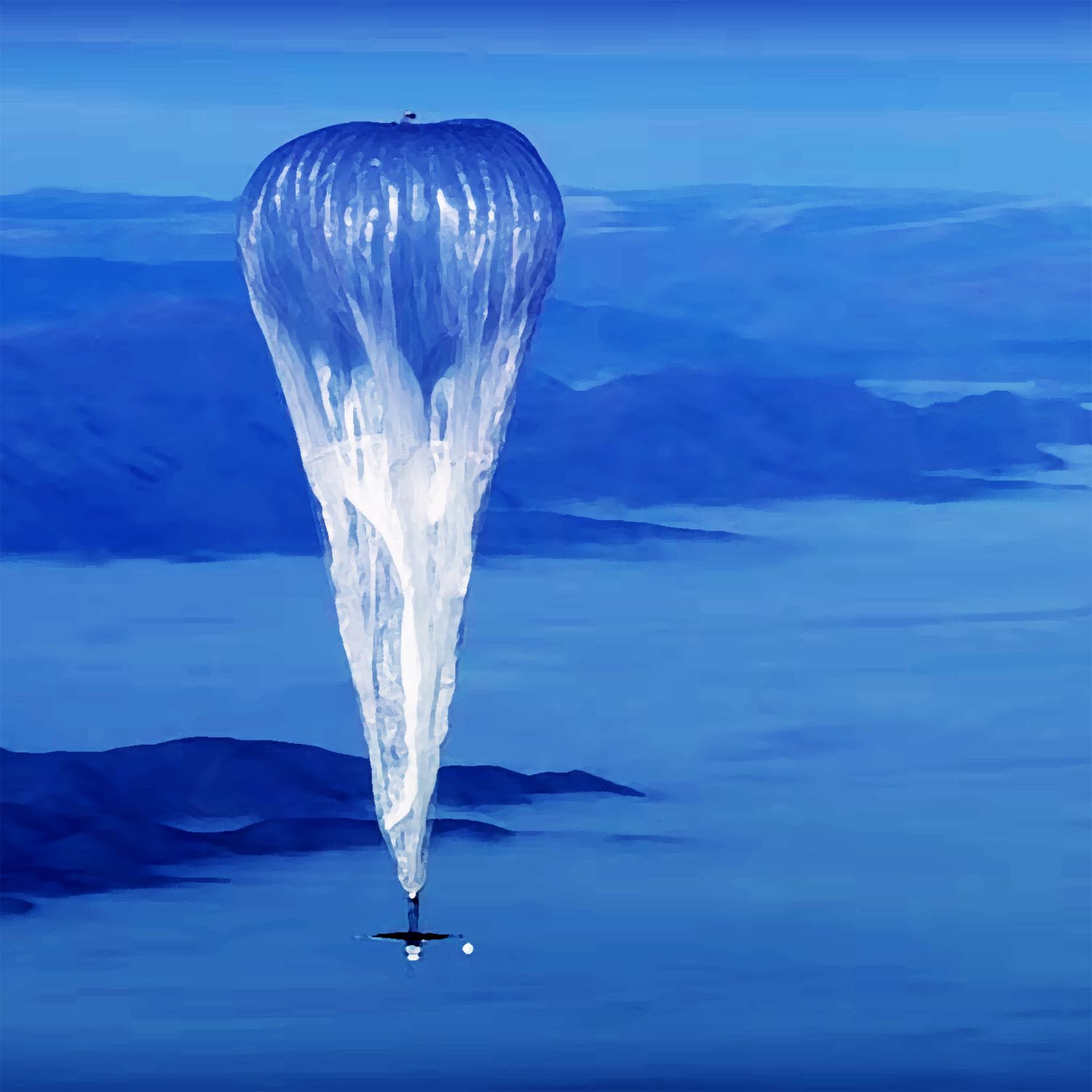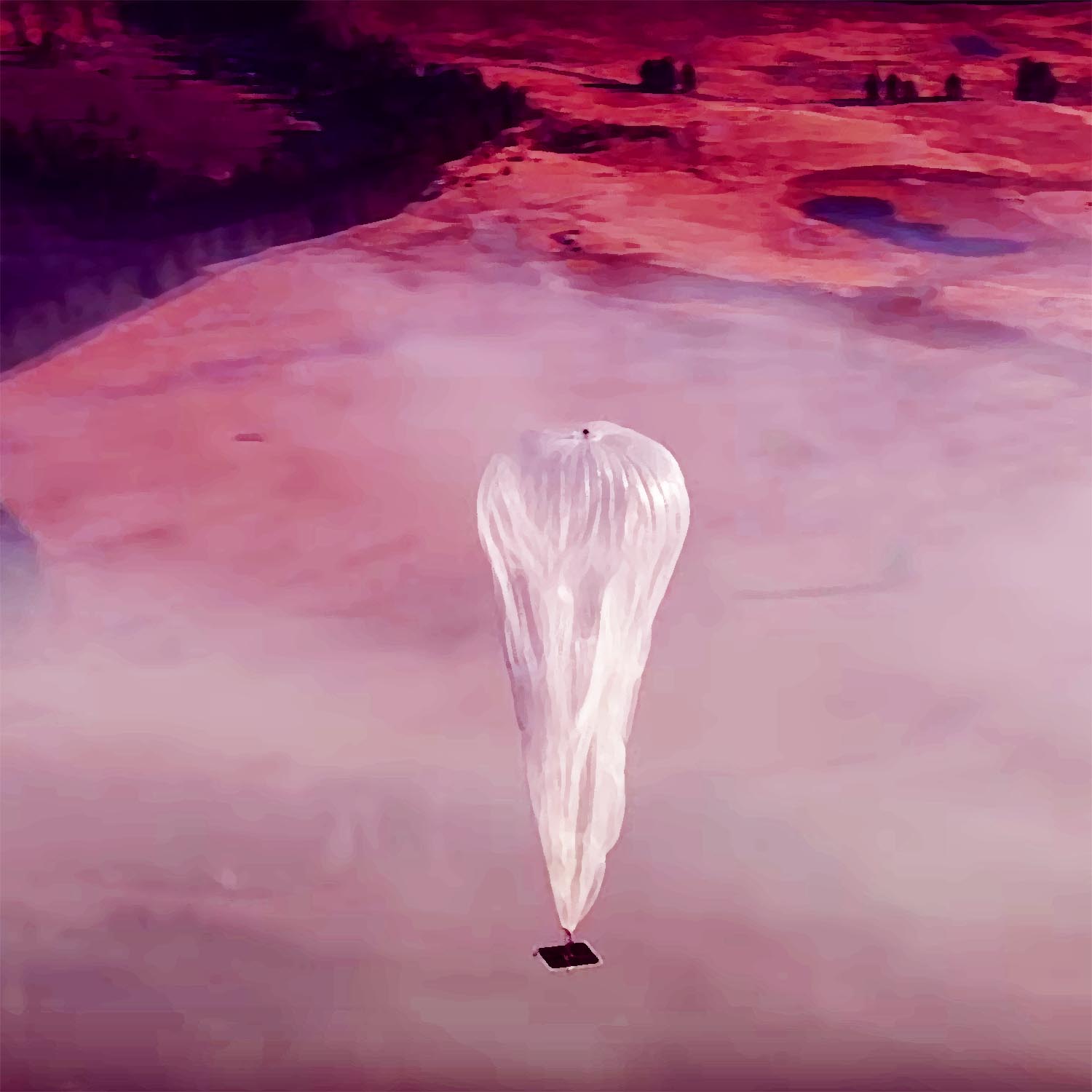
Google Project Loon, a project to from a worldwide network through a chain of floating balloons in the sky, might already be facing some troubles in its test regions. The project, headed by Google X, signed deals in Sri Lanka and Indonesia to conduct early testing. However, it may run into some issues with India.

India is the Country With the Second Largest Number of Unconnected People
After China, India has the largest number of unconnected people. Google Project Loon is naturally considering deploying network balloons there. After being in talks with the Indian government, a comment from the Indian Minister of Communication and IT reveals it may not be an easy agreement. According to Ravi Shankar Prasad, the proposal for the Google Loon Project will likely lead to interference with Indian cellular transmissions.
Google Loon Project Denies That There is Any Opposition
The Loon Project has refuted these claims. The project actually looking to cooperate with telecommunication companies, not obstruct them. They shared that after several positive meetings with the Indian Government regarding the project, Google X, and Project Loon are looking forward to collaborating for initial testing. All efforts will be put into avoiding any kind of interference with telecommunications. Google believes that there can be a shared space between telecommunications and Project Loon.

Google Fiber is Already in India, so Project Loon is A Logical Next Step
Another drawback that might halt testing in India are security concerns and militarized areas, especially Kashmir. This might be dissuading the government from allowing Google access to airspace. In order to clarify any misunderstandings and straighten out an official agreement, Google CEO Sundar Pichai will be making his way to India.
What is the Exact Government Response to Google Project Loon?
Government officials have shared that one of the ways they can work out an agreement with Google is by having them reconfigure the frequency band for use in the balloons that will be floating in Indian airspace. These balloons, which will fly between 18km-25km above earth surface, cover about a 40km diameter in 4G or LTE.

India Government Officials Suggest Reconfiguration Details
The reconfiguration will ensure that the Loon Project doesn’t interfere with other communications or defense bands in the country. They won’t outright reject the opportunity to test the project, since India is in much need to become better connected. The Loon uses a 2.4GHz, which may interfere with other mid-band frequencies that are between 0.5GHz-3GHz.
The balloons are solar and wind-powered, and they’ve already been successfully tested in California, Brazil and New Zealand. During preliminary tests, the balloons had communicated using unlicensed 2.4GHx and 5.8GHz bands, which is comparable to a 3G connection, but they’ve recently upgraded to 4G LTE.
Project Loon’s Mission
The project’s goal is to partner with telecommunication companies from all over the globe to share cellular airspace. This will enable people to access the Internet from anywhere and from any device with 3G, 4G or LTE capabilities. The project not only uses clean energy to help keep the environment healthy, it would also make most parts of the world able to seamlessly communicate with the rest of the world.
A project like this will end cellular dead zones, and could even be an extremely positive thing in the case of an emergency. Communication is mobile. Having it accommodated can save lives. We’ve seen it happen with things like the Facebook safety check. Other security checks may be easier to access if the Internet became a universally accessible option. This is the right age for this kind of project. Hopefully, Google will see it tested in all corners of the world. If the project is successful enough, they may even tackle the greatest nation with unconnected people: China.
Read: Google Verb Surgical Tackles the Medical Robotics Industry


















